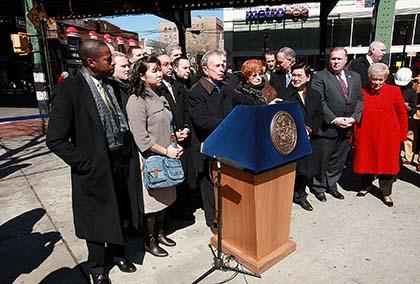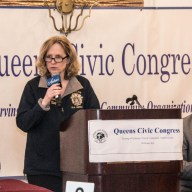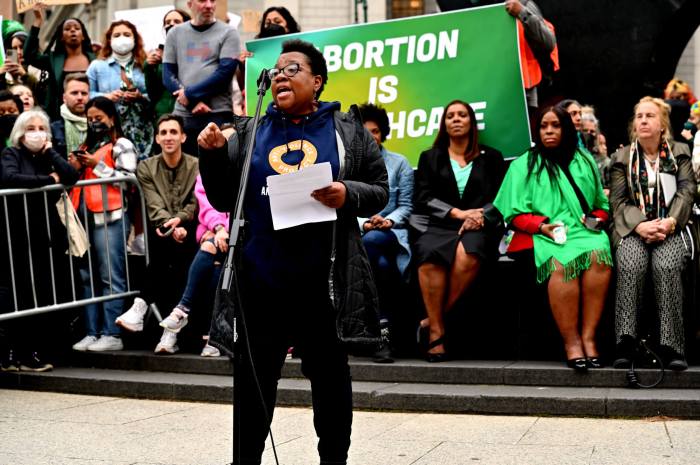By Rebecca Henely
Astoria and Jackson Heights officials praised Mayor Michael Bloomberg’s formal challenge to the results of the 2010 U.S. census filed last week, which singled out what he called a severe undercount in two of the borough’s fastest-growing neighborhoods.
The lawmakers said that while the challenge could not bring back the two congressional seats the state will lose, it could bring needed federal money to the state if successful.
“If the consequences were not so serious, the census numbers for Astoria would be laughable,” said state Sen. Michael Gianaris (D-Astoria).
Bloomberg sent his challenge to U.S. Census Bureau Director Dr. Robert Groves Aug. 9. In his letter to Groves, Bloomberg said that while counting the number of city residents is “a herculean and unenviable challenge,” the census concluded growing neighborhoods such as Astoria and Jackson Heights had an unusually high number of vacancies.
He pointed to a Queens census office that counted residents of Astoria and Jackson Heights and a Brooklyn office that counted the Bay Ridge and Bensonhurst neighborhoods as having the most errors.
“It is our expectation that the city’s population could increase by tens of thousands of New Yorkers if the errors from those two census offices alone were corrected,” Bloomberg said in his letter.
The 2010 census found the borough’s population grew by 0.1 percent from 2,229,379 residents in 2000 to 2,230,722 residents in 2010 and the two northwestern Queens neighborhoods’ populations dropped by 5 percent — figures the mayor and other officials dispute.
“In all my years as a legislator, I have never seen a census so poorly conducted,” U.S. Sen. Charles Schumer (D-N.Y.) said in a statement. “To say there are abandoned buildings in growing, bustling neighborhoods is on its face absurd.”
Elected officials in Astoria and Jackson Heights have long supported the mayor’s quarrel with the census, which began at a March news conference in Jackson Heights.
“I have the most overpopulated elementary school in my district at PS 19,” said City Councilwoman Julissa Ferreras (D-East Elmhurst) of the Corona school. “How are you going to tell me the population hasn’t grown?”
The census figures, which are taken every 10 years because of a mandate in the U.S. Constitution, determine a state’s congressional seats and electoral votes as well as the amount of funding it gets from federal government programs. New York state lost two seats as a result of the 2010 census.
U.S. Rep. Joseph Crowley (D-Jackson Heights), who called the mayor’s challenge “the right thing to do,” said questioning the figures will not get New York its seats back.
“It’s not going to change the level of representation that New York state has or New York City has,” he said.
But it could increase the amount of federal funding the state gets, which New York lawmakers have been eager to have restored.
“It is critical that the Census Bureau gets this count right so we don’t lose critical federal funding over the next decade,” U.S. Sen. Kirsten Gillibrand (D-N.Y.) said in a statement.
Reach reporter Rebecca Henely by e-mail at rhenely@cnglocal.com or by phone at 718-260-4564.





























